For VAT purposes, it’s important to know the difference between cars and other vehicles. This is because in most cases, VAT-registered businesses can’t reclaim the VAT when they buy a car. But they may be able to reclaim the VAT when they buy a commercial vehicle, motorcycle or motor home.
VAT rules say that a car is any motor vehicle of a kind normally used on public roads. It must have three or more wheels and meet one of the following conditions:
- It must be constructed – or adapted – mainly for carrying passengers;
- It must have roofed accommodation behind the driver’s seat. This must either be fitted with side windows already or be constructed – or adapted – so that side windows can be fitted.
In addition, the following are not cars for VAT purposes:
- vehicles capable of accommodating only one person or suitable for carrying twelve or more people including the driver;
- caravans, ambulances and prison vans;
- vehicles of three tonnes or more unladen weight;
- special purpose vehicles, such as ice cream vans, mobile shops, hearses, bullion vans, and breakdown and recovery vehicles;
- vehicles with a payload of one tonne or more;
- motorcycles, because they only have two wheels.
VAT-registered businesses can generally reclaim the VAT when they buy a commercial vehicle. Any vehicle is a commercial vehicle if it has a payload of one tonne or more, or an unladen weight of three tonnes. In addition, it’s normally easy to tell the difference between a car and a commercial vehicle like a van, lorry or tractor.
There are some vehicles where it’s harder to be sure whether they’re a car or a commercial vehicle. These are car derived vans based on cars – combination or combi-vans that look similar to cars on the outside. But either the manufacturer or a vehicle converter has altered the inside of the vehicle so that it’s sold as a commercial vehicle. For example the rear seats and seat belts will have been taken out and a new floor panel will have been fitted in the back to make a load area. The rear side windows will have been replaced by opaque panels.
HM Revenue & Customs (HMRC) considers that a car derived van is a commercial vehicle if the alterations that the manufacturer or vehicle converter makes meet the technical requirements that HMRC specifies in their guidance and give the vehicle the functionality of a commercial vehicle. For example, it’s not enough to just take out the back seats, it must be quite clear that the space that remains behind the front row of seats is highly unsuitable for carrying passengers. If it meets these conditions then it’s a commercial vehicle and you can reclaim the input VAT.
Some vehicles look like vans and don’t have windows in the sides behind the driver. But they do have additional seats for carrying passengers behind the front row of seats (or they’re designed so they can be fitted with them). These are also known as combination vans or combi vans and HMRC considers that this type of vehicle is a commercial vehicle for VAT purposes if it has a payload of more than one tonne after the extra seats have been added, and the dedicated load area (the load area that’s completely unaffected by the extra seats) is larger than the passenger area. This means that the main use of the vehicle is for carrying goods rather than passengers.
Motor homes and motor caravans aren’t considered to be cars for VAT purposes so long as certain features have been incorporated into the vehicle. These are: a permanently installed sink and cooking facilities; seating arrangements so that diners can sit at the meal table; at least one bed which has a minimum length of 1.82 metres and a permanently installed fresh water tank with a minimum capacity of ten litres.
For more on Company cars and or VAT please don’t hesitate to contact us and we will be happy to help.







